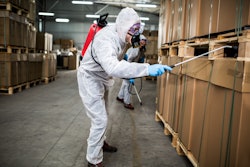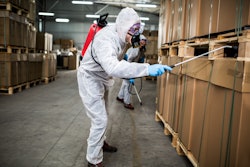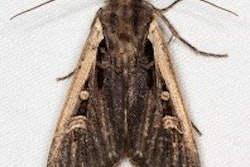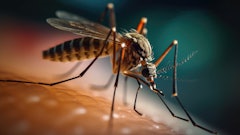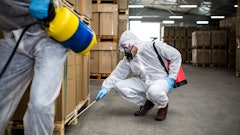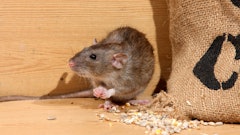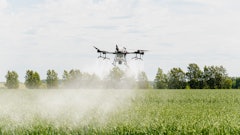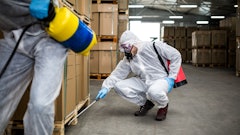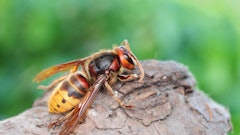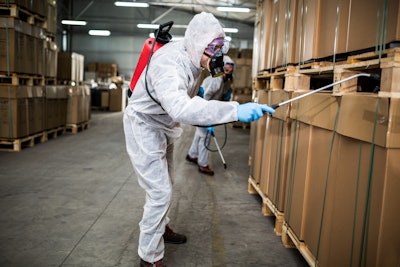
In large warehouses and throughout the supply chain, it can be challenging to spot signs of a potential pest problem. With so many tasks to balance, it’s important to have an effective plan in place that will help protect against insects, rodents and other pests.
Pest monitoring devices can be an efficient way to stay one step ahead of an infestation. These systems can help assess pest activity and assist in gauging pest population estimates so you are able to put the most effective pest control solution in place.
There are a wide variety of monitoring devices available that can help keep supply chains pest free.
Insect light traps
Insect light traps (ILT) are great for monitoring and controlling pest introductions—the blue lamps are specifically designed to emit light at ultraviolet wavelengths, which humans can’t see but flying insects can.
With ILTs, we can identify which type of flies are entering the facility and then determine the breeding area. This is key to controlling flies at their source to better solve the issue. In addition to flies, ILTs can also attract many species of stored product insects, such as cigarette beetles, warehouse beetles, Indian meal moths and others. Stored product pests captured by ILTs can also serve as an early warning of a developing infestation, so steps can be taken to avoid infestation in the goods themselves.
Inspection of the devices should be conducted on a weekly basis during the warmer months, when insects are most active.
Mechanical rodent control devices
This tool, as the name suggests, is primarily used for monitoring rodents. Capturing a rodent is a heads-up that an investigation needs to happen to determine how the pest entered the facility. When your pest control provider comes out to conduct this investigation, they can also assess what exclusion methods can be employed to keep them out moving forward.
Mechanical rodent control devices may include multi-catch traps, or extended trigger traps. Many of them may have a glue board installed inside that makes it easier to clean and can also serve as an insect monitor.
For placement, the devices should be installed around the interior perimeter of the facility and on both sides of exterior doors. The spacing and frequency of service should be based on the facility assessment, and any findings should always be documented.
Pheromone traps
Pheromone traps are effective in preventing pests from entering areas in the facility. Most insects use chemistry (pheromones) to communicate instead of sound. Replicating this organic process is a way to outsmart pests by attracting them to the devices using their own biology.
The pheromone draws pests in and offers an easy way to track insect populations, specifically stored-product pests. Pheromones are non-toxic to humans and are designed for use in locations where food is stored or prepared. The trap is usually placed in a grid pattern, taking advantage of structural support for placement in accessible areas.
Bait stations
Rodents are attracted to bait stations for two main reasons: the bait inside the stations attracts rodents to feed on it and rodents like to eat in dark, encloses spaces. Bait stations offer both of these things for rodents foraging for a meal.
By being placed outside of buildings, these targeted bait treatments help eliminate pest populations before they can enter the building. Because of this, placement of these bait stations is key to their success. Ensure employees and passersby do not move or dispose of the bait stations your pest control professional places around your property and building’s exterior.
These stations should be inspected at least once a month, or more frequently for areas with high rodent activity.
Remote pest monitoring
Through remote monitoring systems, pest control professionals can collect and evaluate statistical data for each account in which they install a system, featuring a time stamp to indicate exactly when a rodent was caught.
The best thing about this technology is that the instant notifications allow technicians the opportunity to take a more proactive approach and to get a jump start on an issue instead of learning about it during their next service visit. It also provides information on exactly when and where a rodent was caught.
It’s important to note that this technology should not replace a technician. Instead, it adds value to the service by allowing the technician more time to thoroughly inspect and solve ongoing issues.
Reach out to a pest control professional to understand the best device or monitoring system for your business.





